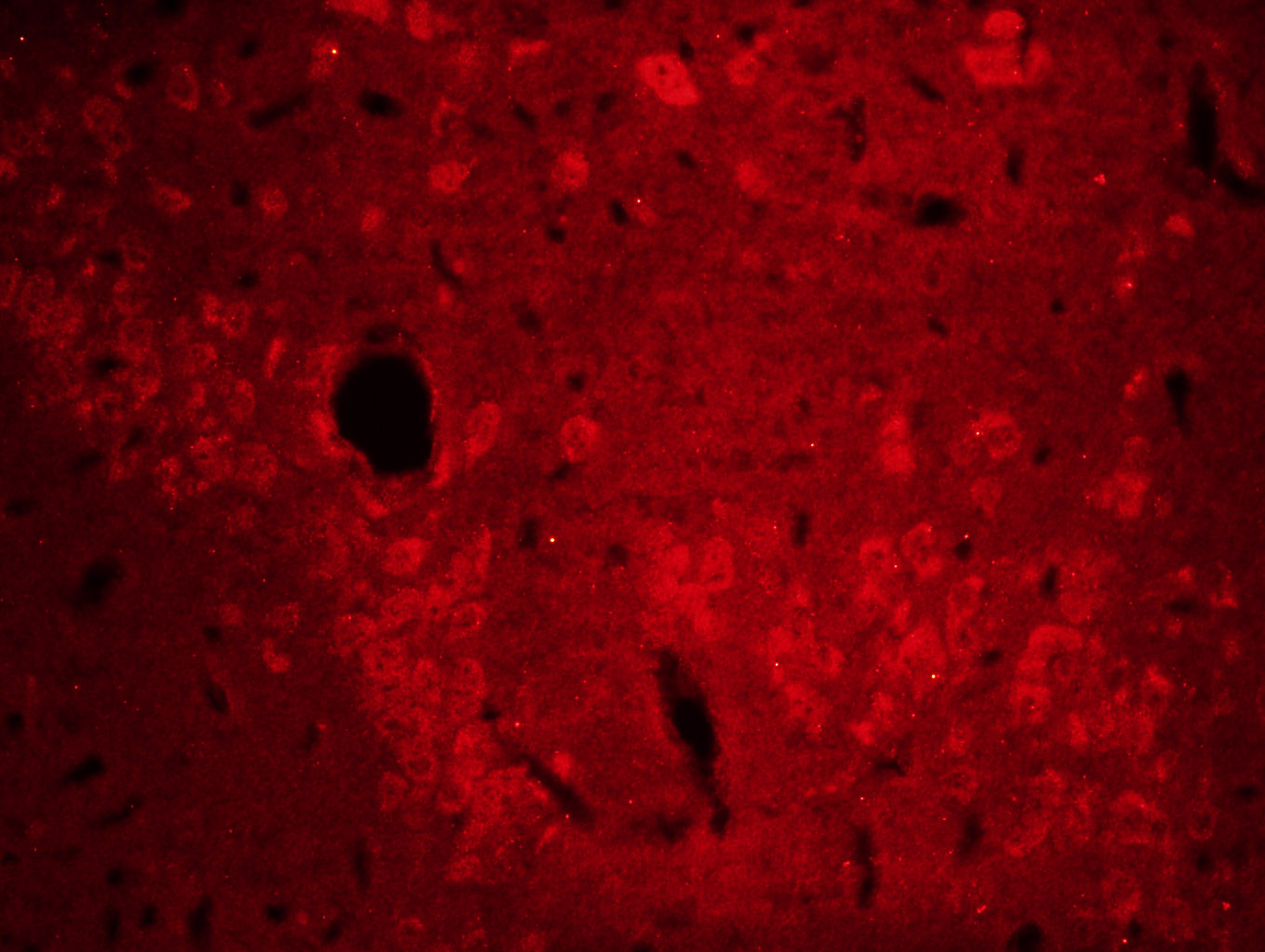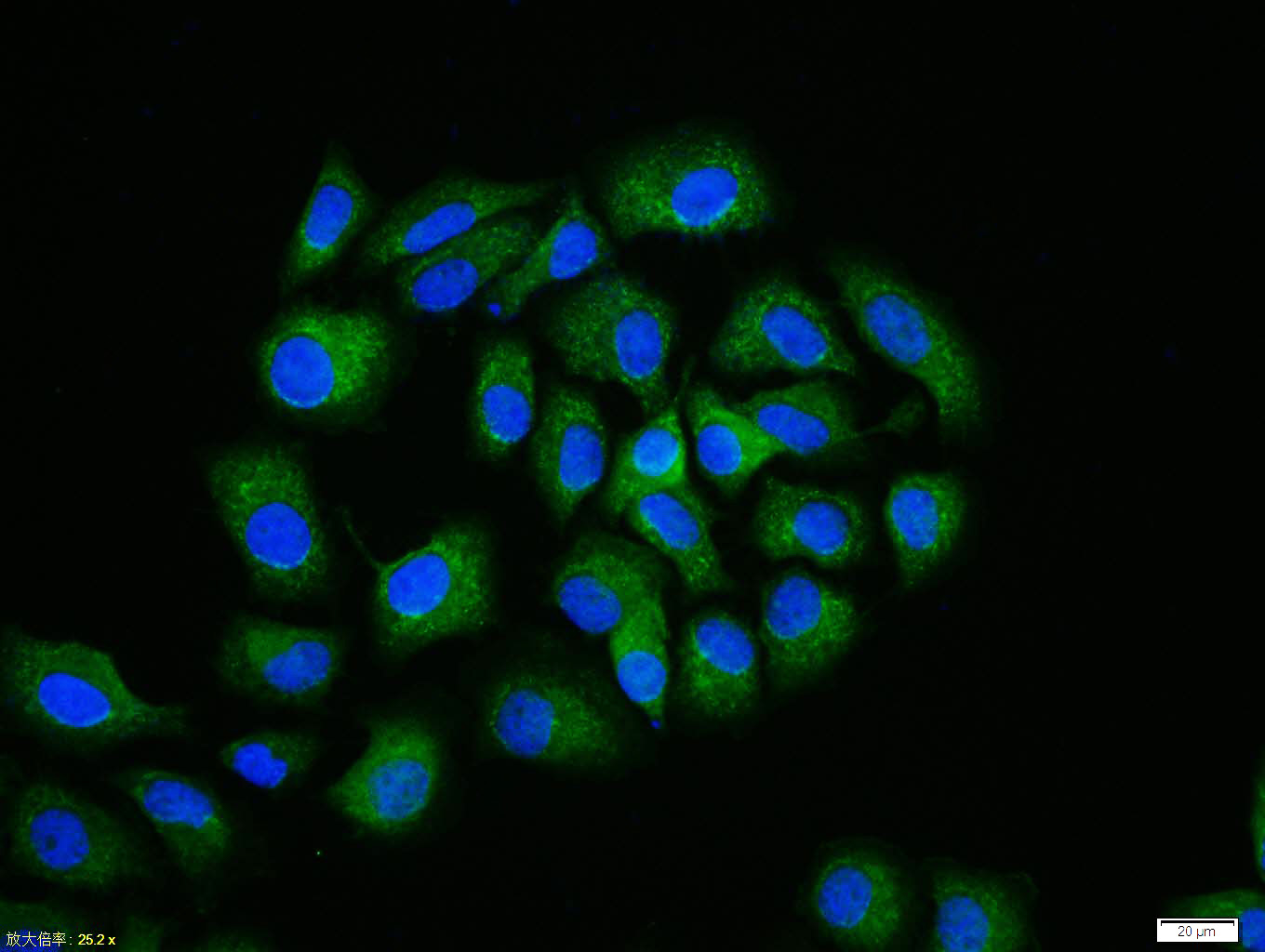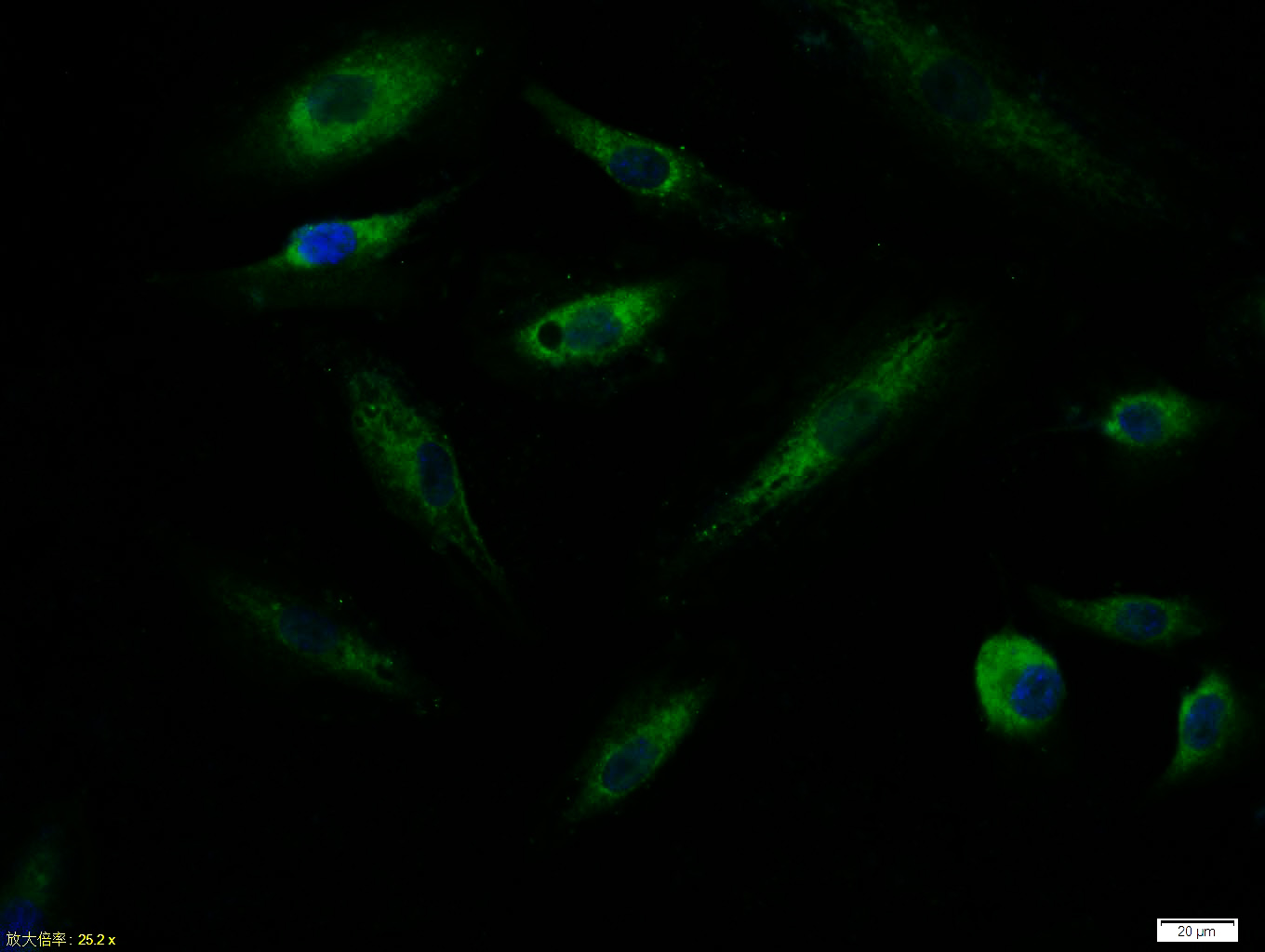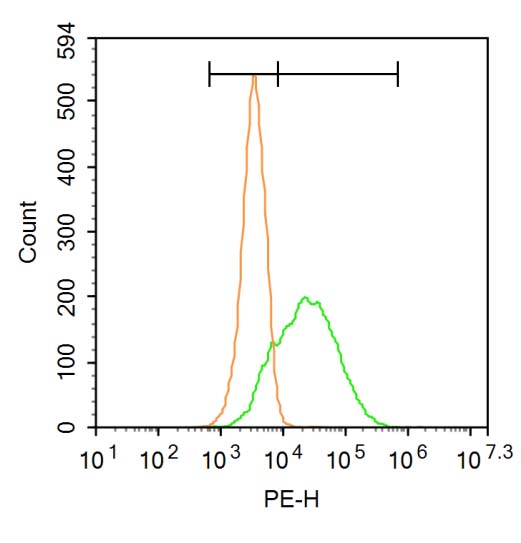
Rabbit Anti-ABCG2 antibody
ABC transporter; ABC15; ABCG 2; ABCG2; ABCG2_HUMAN; ABCP; ATP binding cassette sub family G (WHITE) member 2; ATP binding cassette transporter G2; ATP-binding cassette sub-family G member 2; BCRP; BCRP1; BMDP; Breast cancer resistance protein; CD338; CDw3
View History [Clear]
Details
Product Name ABCG2 Chinese Name 三磷酸腺苷结合TransporterG超家族成员2抗体 Alias ABC transporter; ABC15; ABCG 2; ABCG2; ABCG2_HUMAN; ABCP; ATP binding cassette sub family G (WHITE) member 2; ATP binding cassette transporter G2; ATP-binding cassette sub-family G member 2; BCRP; BCRP1; BMDP; Breast cancer resistance protein; CD338; CDw338; CDw338 antigen; EST157481; GOUT1; MGC102821; Mitoxantrone resistance associated protein; Mitoxantrone resistance-associated protein; MRX; Multi drug resistance efflux transport ATP binding cassette sub family G (WHITE) member 2; MXR; MXR1; Placenta specific ATP binding cassette transporter; Placenta specific MDR protein; Placenta-specific ATP-binding cassette transporter; UAQTL1. Research Area immunology Neurobiology Stem cells transcriptional regulatory factor Transporter Cell Surface Molecule Immunogen Species Rabbit Clonality Polyclonal React Species Human, Rat, (predicted: Mouse, Dog, Horse, ) Applications ELISA=1:5000-10000 IHC-P=1:100-500 IHC-F=1:100-500 Flow-Cyt=3ug/test ICC=1:100 IF=1:100-500 (Paraffin sections need antigen repair)
not yet tested in other applications.
optimal dilutions/concentrations should be determined by the end user.Theoretical molecular weight 72kDa Cellular localization The cell membrane Form Liquid Concentration 1mg/ml immunogen KLH conjugated synthetic peptide derived from human ABCG2: 561-655/655 <Extracellular> Lsotype IgG Purification affinity purified by Protein A Buffer Solution 0.01M TBS(pH7.4) with 1% BSA, 0.03% Proclin300 and 50% Glycerol. Storage Shipped at 4℃. Store at -20 °C for one year. Avoid repeated freeze/thaw cycles. Attention This product as supplied is intended for research use only, not for use in human, therapeutic or diagnostic applications. PubMed PubMed Product Detail An ABC transporter. Allows efflux of Hoechst dye, a property that has been used to separate bone marrow side population cells, which express BCRP/ABCG2. Appears to play a major role in the multidrug resistance phenotype of a specific MCF-7 breast cancer cell line. When overexpressed, the transfected cells become resistant to mitoxantrone, daunorubicin and doxorubicin, display diminished intracellular accumulation of daunorubicin, and manifest an ATP-dependent increase in the efflux of rhodamine 123.
Breast Cancer Resistance Protein (BCRP) is a 70 kDa ATP-Binding Cassette membrane transport protein involved in multidrug resistance. BCRP may be over-expressed in cancer cell lines selected with doxorubicin / verapamil, topotecan or mitoxantrone.
Function:
Xenobiotic transporter that may play an important role in the exclusion of xenobiotics from the brain. May be involved in brain-to-blood efflux. Appears to play a major role in the multidrug resistance phenotype of several cancer cell lines. When overexpressed, the transfected cells become resistant to mitoxantrone, daunorubicin and doxorubicin, display diminished intracellular accumulation of daunorubicin, and manifest an ATP-dependent increase in the efflux of rhodamine 123.
Subunit:
Monomer or homodimer; disulfide-linked.
Subcellular Location:
Cell membrane; Multi-pass membrane protein.
Tissue Specificity:
Highly expressed in placenta. Low expression in small intestine, liver and colon.
Similarity:
Belongs to the ABC transporter superfamily. ABCG family. Eye pigment precursor importer (TC 3.A.1.204) subfamily.
Contains 1 ABC transmembrane type-2 domain.
Contains 1 ABC transporter domain.
SWISS:
Q9UNQ0
Gene ID:
9429
Database links:Entrez Gene: 9429 Human
Entrez Gene: 26357 Mouse
Omim: 603756 Human
SwissProt: Q9UNQ0 Human
SwissProt: Q7TMS5 Mouse
Unigene: 480218 Human
Unigene: 333096 Mouse
Unigene: 13131 Rat
Product Picture
Antigen retrieval: citrate buffer ( 0.01M, pH 6.0 ), Boiling bathing for 15min; Blocking buffer (normal goat serum,C-0005) at 37℃ for 20 min;
Incubation: Anti-ABCG2 Polyclonal Antibody, Unconjugated(SL4780R) 1:200, overnight at 4°C; The secondary antibody was Goat Anti-Rabbit IgG, Cy3 conjugated(SL0295G-Cy3)used at 1:200 dilution for 40 minutes at 37°C.
HepG2 cell; 4% Paraformaldehyde-fixed; Triton X-100 at room temperature for 20 min; Blocking buffer (normal goat serum, C-0005) at 37°C for 20 min; Antibody incubation with (ABCG2) polyclonal Antibody, Unconjugated (SL4780R) 1:100, 90 minutes at 37°C; followed by a conjugated Goat Anti-Rabbit IgG antibody at 37°C for 90 minutes, DAPI (blue, C02-04002) was used to stain the cell nuclei.Tissue/cell:A549 cell; 4% Paraformaldehyde-fixed; Triton X-100 at room temperature for 20 min; Blocking buffer (normal goat serum,C-0005) at 37°C for 20 min; Antibody incubation with (ABCG2) polyclonal Antibody, Unconjugated (SL4780R) 1:100, 90 minutes at 37°C; followed by a FITC conjugated Goat Anti-Rabbit IgG antibody at 37°C for 90 minutes, DAPI (blue, C02-04002) was used to stain the cell nuclei.Blank control: A549.
Primary Antibody (green line): Rabbit Anti-ABCG2 antibody (SL4780R)
Dilution: 3μg /10^6 cells;
Isotype Control Antibody (orange line): Rabbit IgG .
Secondary Antibody : Goat anti-rabbit IgG-PE
Dilution: 3μg /test.
Protocol
The cells were incubated in 5%BSA to block non-specific protein-protein interactions for 30 min at at room temperature .Cells stained with Primary Antibody for 30 min at room temperature. The secondary antibody used for 40 min at room temperature. Acquisition of 20,000 events was performed.
References (0)
No References
Bought notes(bought amounts latest0)
No one bought this product
User Comment(Total0User Comment Num)
- No comment






 +86 571 56623320
+86 571 56623320
 +86 18668110335
+86 18668110335

